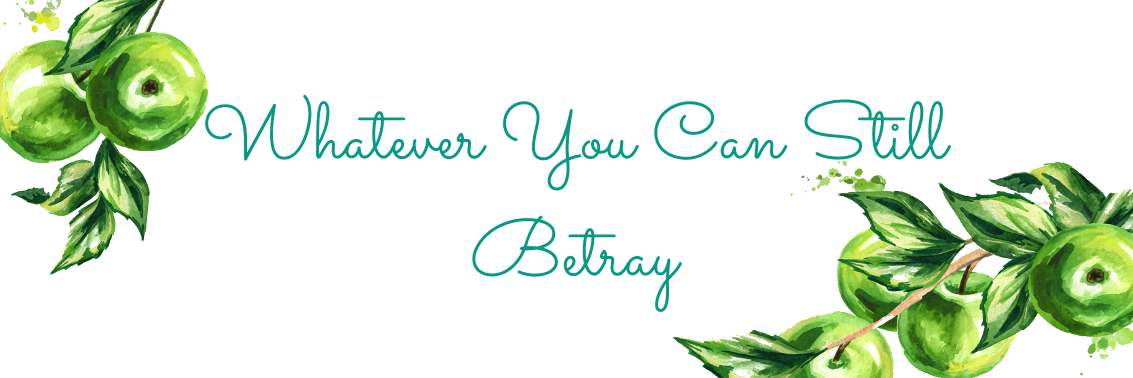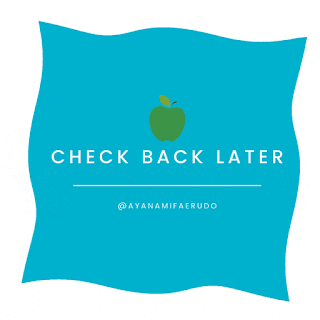I've got Therese Walsh on the blog today to talk about relationships between sisters, synesthesia and what inspired her to write The Moon Sisters.
What inspired The Moon Sisters?
A few years
back, while toying with a story I’d eventually abandon, I wrote a scene
involving a bog and a blind girl and a will-o’-the-wisp light. It was one of
the few scenes I missed when I decided to tuck that story into a drawer, and so
I pulled elements out of it and into a completely new tale.
The Moon Sisters is the story of a young woman’s quest
to find a will-o’-the-wisp light, because seeing one was her recently deceased mother’s
unfulfilled dream. Also called “foolish fires,” these ghost lights are
sometimes seen over wetlands and have a whole mythology of their own. They’re
thought to lead those who follow to treasure, but they’re never captured and can
sometimes result in injury and even death for adventurers. The metaphor of that
fire—that some dreams and goals are impossible to reach, and that hope itself
may not be innately good—eventually rooted its way into the tale as this young
woman, Olivia Moon, and her sister, Jazz, try to come to terms with real-life
dreams and hopes, and with each other, in their strange new world.
A blind girl. A
bog. A ghost light.
The story has a more personal meaning for me, too, as my
father passed away when my youngest sister was still a teenager. Grappling with
death and the very meaning of life has been something my two sisters and I have
struggled with, individually and collectively, since that time.
One of your two main characters, Olivia Moon, has a
condition called synesthesia. What
compelled you to write about synesthesia? What did it bring to your story?
I put an article about synesthesia into a story
ideas folder many years ago. It seemed an intriguing topic to explore via fiction—this
notion that sensory areas might intermingle in ways most of us don’t
experience, so that a person might taste sounds or smell sights.
The character of Olivia Moon evolved out of the idea of
synesthesia. I think in many ways her personality reflects some of the aspects
of the condition itself: She is colorful, unique, spontaneous, and a big
proponent of the idea that there are typically at least two ways to look at
things.
Ultimately, both the condition and the
character set the stage for one of the book’s big themes: altering perceptions.
For example, when Olivia meets new people, she relies upon her synesthetic
senses to take their measure. We see an important instance of this when Olivia
meets a tattooed train hopper named Hobbs. Though Hobbs warns Olivia that he
can’t be trusted, she relies on his voice—not only how he speaks and what he
says, but the shape of his voice—to determine his reliability. When Jazz meets
Hobbs, she makes a more stereotypical assumption based upon his appearance and
decides that they need to stay away from him. Though Olivia and Jazz have very
different points of view, they separately come to question what they believe
about Hobbs and many other things as the story unfolds.
What about the relationship between
sisters did you want to explore? Are Jazz and Olivia Moon like your real
sisters in any way?
In the early
planning for The Moon Sisters, I knew
Olivia would need someone’s help while on her journey. It was a natural leap to
assume this person would be an older sibling—someone used to being in the “helper”
role, whether they liked it or not. I may have considered a brother for Olivia
for a full two seconds, but of course it had to be a sister. I know what it
means to be a sister, and I understand the push-pull-love-hate blood bond that
defines sisterhood; it’s a relationship dynamic with layers of conflict that
can be rooted in childhood, and evolve and resolve over a lifetime.
Funny, but once I settled on the idea of a sister for Olivia,
I didn’t fully develop that character until I met her on the page. Jazz
appeared, chapter one, scene one, with an axe to grind, and I felt it. It was
almost like she reached out of my computer to tell me, the author, “Hey, I’m
extremely—extremely—important. Don’t mess it up.” (Except she wouldn’t have
used the word “mess.”)
Since they each had a singular point of view, chapters
alternate between their perspectives throughout the book. We not only see the
distinctions in the way they process the world during their travels, and how
each of them chooses or doesn’t choose to change over time, but we learn about
the defining moments from their past. We come to understand quite a bit about
their mother, Beth, too, as memories surface, and also through a slow reveal of
old letters Beth wrote to her father. Life isn’t always a neat thing, and there’s
a lack of resolution relating to those letters, which were never sent, and in
the things the girls can’t go back and change about life with their mother—the
things they said and didn’t say. That’s something they have to come to terms
with, just as they have to come to terms with death itself in order to move on.
With that in mind, I structured the story around the stages of grief: denial, anger, bargaining, depression, and
acceptance.
It wasn’t intentional, but there are some similarities
between Olivia and Jazz and my actual sisters. My youngest sister is a wanderer
like Olivia, and tends to be dreamy and spontaneous like her as well. My other
sister is pragmatic and committed to her family, like Jazz, even when that
family drives her crazy. (She’s also much more inclined to drop an “F bomb”
than anyone I know!)
The Moon Sisters is set in the state of West Virginia. Why
did you make that choice?
For a few reasons.
Here’s a quick story: When I traveled to West Virginia in order to research
this book, I took the time to talk with people when I could. One conversation
stands out in my memory, which took place when I visited an exhibit on the
history of music in Appalachia. The woman I spoke with, who was part of the
organizational team for the event, seemed apprehensive when I first mentioned
that I was writing a novel set in her state.
As the conversation progressed, and she realized I wasn’t interested in
propagating stereotypes about toothless hillbillies, she admitted how protective
she and her fellow statesmen felt about their homeland and how they didn’t
often open up to outsiders because of the cutting preconceived notions people
have about West Virginia. It’s human nature. We erect barriers to defend
ourselves.
That trip, and that conversation, confirmed for me that West Virginia
was exactly the right setting for the book. I needed a location that felt a
little wild, filled with bogs and swamplands and forests, where you might walk
mile after mile without seeing another person. But beyond the suitability and
beauty of its landscape, the setting of West Virginia supported the themes of
perception and self-protection via defense mechanisms in The Moon Sisters.
You’re the cofounder
of a popular writing site called Writer Unboxed. Has being involved with the
site affected your writing life at all?
Writer Unboxed is a big part of my life; I manage the site,
which has been around since 2006, and I help to oversee a Facebook community of
over 5,000 writers. And though it might be said that it affects my writing life
the most in terms of the time required for its upkeep, it’s more relevant to
say that the people involved with Writer Unboxed inspire me continually—not
just via the daily essays on the blog, but through the stories of struggles and
triumphs that come through our Facebook group. The writing life can be a lonely
one, but a true community of writers makes it anything but solitary.
How did the
experience of writing The Moon Sisters
compare to that of writing your debut?
I’d always heard that the second book is the hardest to
write, and I hate to be typical but I did find that the five-year journey to
complete The Moon Sisters took more
out of me than my debut, which I worked on for six years. I honestly think
knowledge of the book industry had quite a lot to do with that for me. When you’re
writing a first book, you may know something about the industry, but you’re on
the outside of it and so you have a certain amount of (blissful) ignorance. The
second book is written with a full awareness of the industry—its expectations
and realities, for better and worse. In a perfect world, the creative and
business sides of a writer’s life would be separated, but that’s not easily
done once you’ve been published.
All of that aside, I have a fierce
love for The Moon Sisters—a greater
love for it than for my debut, probably in part because of the challenge I felt
in writing it. It stretched me as an author, and helped to prove something to
myself about perseverance and commitment in difficult times. If I never pen
another book, I’ll be glad that I finished this one; it’s the truest thing I’ve
ever written.
 The Moon Sisters
The Moon SistersAfter their mother's probable suicide, sisters Olivia and Jazz take steps to move on with their lives. Jazz, logical and forward-thinking, decides to get a new job, but spirited, strong-willed Olivia—who can see sounds, taste words, and smell sights—is determined to travel to the remote setting of their mother's unfinished novel to lay her spirit properly to rest.Already resentful of Olivia’s foolish quest and her family’s insistence upon her involvement, Jazz is further aggravated when they run into trouble along the way and Olivia latches to a worldly train-hopper who warns he shouldn’t be trusted. As they near their destination, the tension builds between the two sisters, each hiding something from the other, until they are finally forced to face everything between them and decide what is really important.




































Nice insight from the author
ReplyDelete